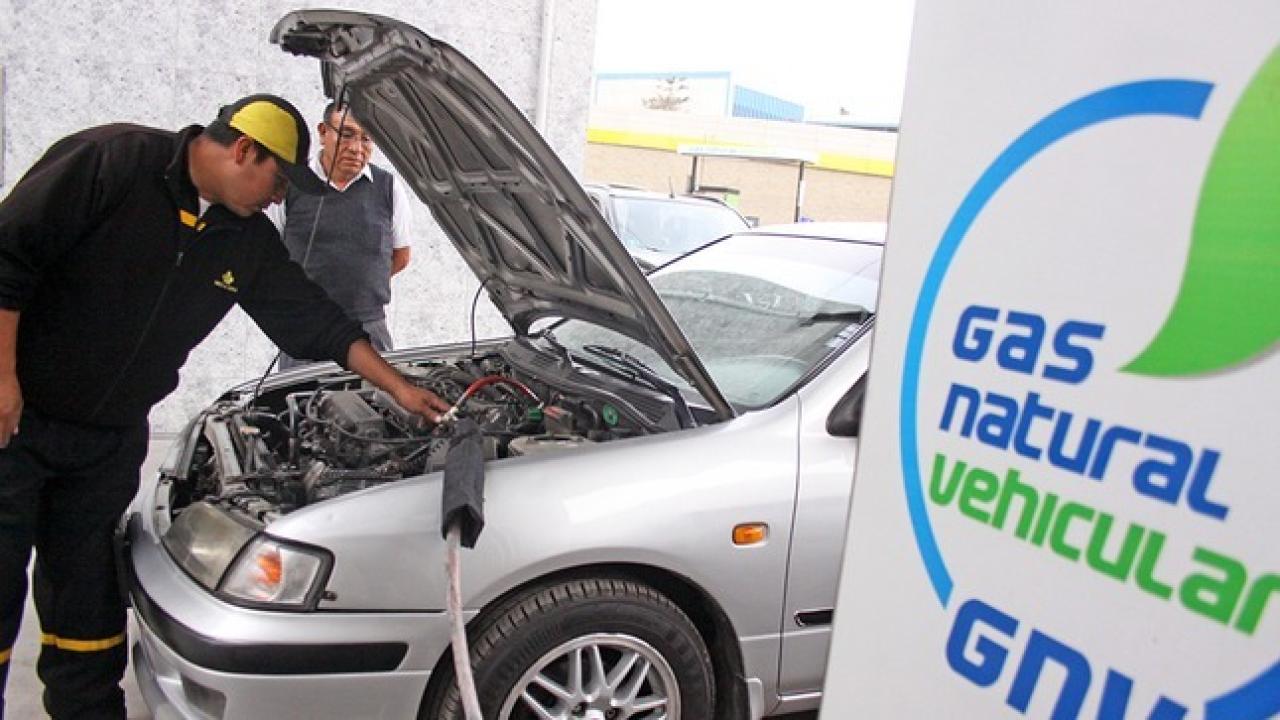
The risk of accidents and low power on high-altitude routes are some of the most widely held beliefs that hinder the expansion of natural gas and electromobility in this sector.
Change generates resistance in any scenario. Even more so if we transfer it to a sector that can generate huge profits or losses, such as heavy transport. A clear example is Peru, where the transition from diesel to natural gas vehicles (NGV) or electromobility is still far from an advanced phase.
According to Infogas, the total number of vehicles converted to CNG in Peru reached 431,857 units in July 2023, thus showing an increase of 17% compared to the same month in 2022. Although this figure exceeds the average expansion recorded in the last decade (10.1%), the truth is that it represented a clear upward decline shown in December 2022 (22.8%). However, there are incentives in the form of loans from the private sector and the Energy Social Inclusion Fund (FISE), run by the Peruvian government.
If we talk about the electric vehicle market, its influence on the Peruvian vehicle fleet is even smaller. In all of 2023, only 4,484 units were sold, reaching a growth of 67.3% compared to 2022, according to figures from the Automotive Association of Peru (AAP). The alleged culprits for this low penetration are usually the same: the high cost of electric units and the scarce incentives from the Peruvian State to facilitate their import and sale.
There are also several widespread beliefs in the Peruvian market that accuse CNG and electric vehicles of being more dangerous, less profitable, and having few charging stations, among others. However, evidence indicates that these ideas do not necessarily coincide with reality.
“Electric buses generally have their own systems that cover any potential safety problem. For example, if there were to be a case of overheating of a battery or component, the vehicles have automatic suppression systems,” said Daniel Rubio, manager of Modasa, a Peruvian bus manufacturer, during the “Sustainable Transport” convention held in Lima .
Even if such an incident were to occur, the driver of the electric bus would not have to do anything, because the systems automatically extinguish the fire almost immediately. On the other hand, it is believed that the charging times of electric buses are very slow. In reality, there are 150 kilowatt chargers that allow charging in two hours and completing daily trips. According to Rubio, the real problem is the lack of infrastructure that prevents these chargers from becoming widespread.
As for vehicles that use natural gas, it is true that on high-altitude journeys, their performance may be reduced, as with diesel engines, due to the reduced availability of oxygen. Although the loss of power would be smaller in comparison.
This is according to Rodrigo Camino, deputy vehicle manager at SCANIA Peru , a company that operates trucks fueled by liquefied natural gas (LNG) and compressed natural gas (CNG).
“First, it is important to understand the client’s operation. Because a client may come whose operation may not require LNG, which is a fuel that provides more autonomy than CNG. We have several clients whose high-altitude routes range between 100 and 200 kilometers, which CNG can do without a problem. Having said that, it is important to demystify the supposed loss of power. Gas engines have very similar power to those operated by diesel,” Camino said during the conference.
The SCANIA spokesperson also cited the example of the city of Bogotá (Colombia), where the Transmilenio bus service and several fleets of trucks use natural gas and circulate without problems in a capital located 2,600 meters above sea level.
For Vitaliano Illescas, truck product engineer at Volvo Peru, it must be taken into account that energy alternatives such as natural gas or hydrogen combustion will not necessarily replace diesel engines. Illescas then highlighted the advantages that Peru has of having a regulated price for natural gas, as well as lower operating costs compared to diesel.
“Under the same conditions, we can achieve almost half the cost per kilometer, just in terms of fuel. But let us not forget that these alternatives exist with a goal, not just in terms of cost. They exist because the main goal of all this research and development is to reach, at some point, zero emissions, to reduce the environmental impact, to reduce the impact we already have on the atmosphere,” Illescas said.









